Have you ever noticed your beloved cat turning away its gaze just when you want to connect? It’s not just a quirky habit—there’s a world of emotion behind those fleeting glances. For cat lovers everywhere, understanding this mysterious behavior can feel like unlocking the secret language of our feline companions. Why do cats shy away from eye contact, especially when they’re feeling exposed or insecure? The answer is more complex—and touching—than you might think. Let’s dive into the subtle signals, emotional cues, and deep-rooted instincts that drive cats to avert their eyes when vulnerability takes hold.
The Ancient Instincts Behind Averted Gazes

Cats have roamed the earth for thousands of years, developing survival skills that are deeply woven into their DNA. In the wild, direct eye contact can be seen as a challenge or threat, a silent dare between predators or rivals. So, when your cat avoids your gaze, it’s tapping into ancient instincts meant to keep it safe. This reflex is not about shyness but about avoiding unnecessary conflict. By looking away, a cat signals peace or submission, which helps maintain harmony with others. Even in the comfort of your home, these age-old behaviors remain strong. It’s fascinating to think that your living room is just another jungle for your tiny tiger.
Understanding Feline Body Language
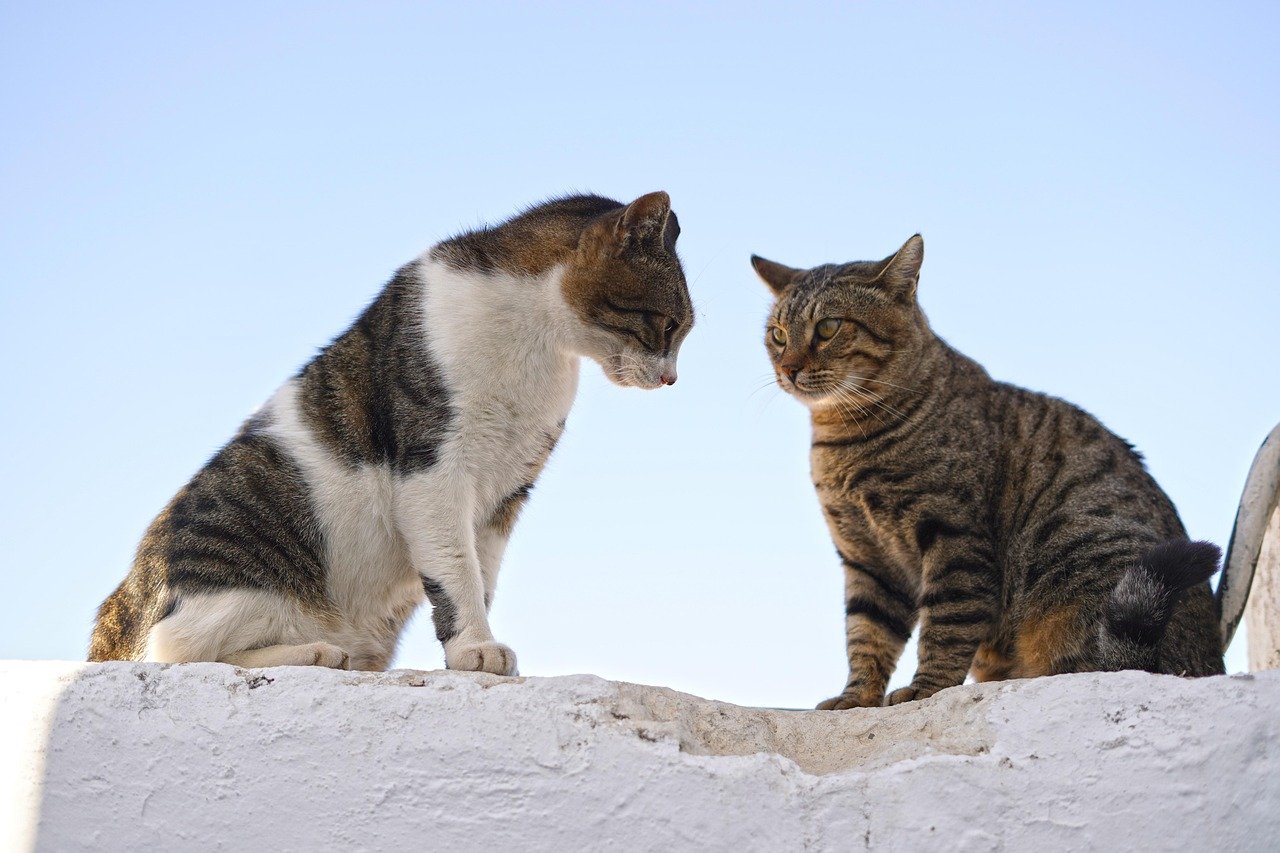
Eye contact is just one piece of the puzzle when decoding cat communication. Alongside their eyes, cats use their tails, ears, and posture to express how they feel. When a cat lowers its head, flattens its ears, or tucks its body, it’s telling you, “I’m not comfortable right now.” Pair this with averted eyes, and you get a clear message of vulnerability. Paying attention to these subtle cues can help you respond with empathy and understanding. Remember, unlike humans, cats rarely use vocalizations to convey unease. Their silent language is a gentle whisper rather than a shout.
The Role of Trust in Feline Relationships

Trust is the golden thread in any cat-human bond. When a cat avoids your eyes, it doesn’t mean distrust—it’s often a sign that it feels exposed and needs reassurance. Over time, as you build a safe and loving environment, your cat may become more confident and occasionally meet your gaze. These moments are precious and indicate a growing comfort level. But remember, even the most affectionate cats need space. By respecting their boundaries, you show your cat that you’re a friend, not a foe.
Emotional Vulnerability in Cats
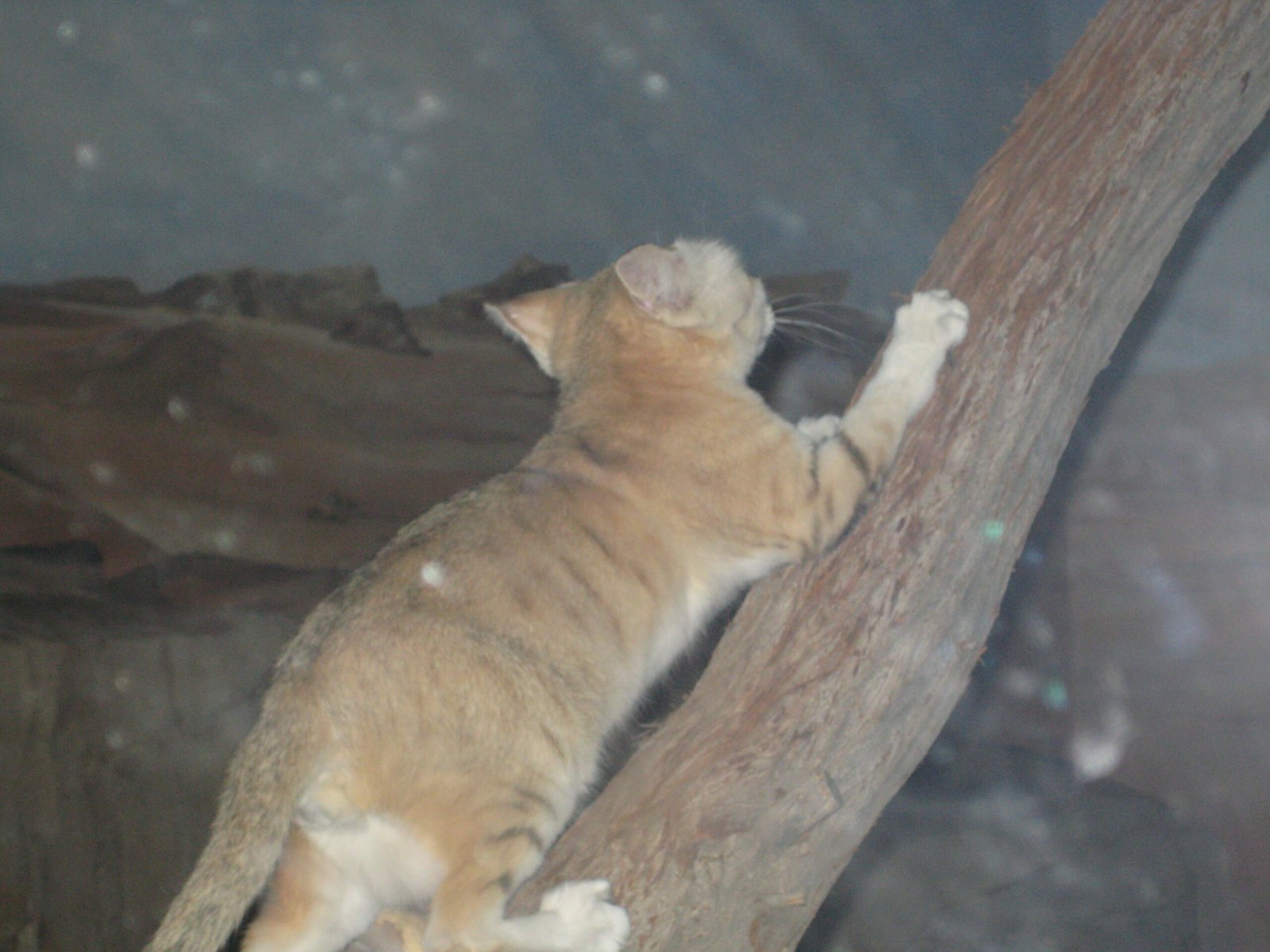
Cats, like people, have feelings that run deep. They may feel vulnerable for many reasons: a new environment, a recent move, illness, or even the presence of strangers. During these times, avoiding eye contact is their way of seeking security and protecting themselves emotionally. It’s like a child hiding behind a parent’s leg when meeting someone new. This gentle retreat is not a rejection but a plea for patience and understanding. Recognizing these moments can strengthen your relationship and help your cat feel safer.
Eye Contact as a Social Tool

For cats, eye contact is a powerful social tool. Within their own species, sustained staring can be a prelude to aggression or dominance displays. So, when your cat looks away, it’s actually being polite in its own feline way. This social etiquette helps prevent fights and maintains group harmony. When interacting with humans, cats often transfer these same social rules. If your cat avoids your gaze, it’s not being rude—it’s showing you respect according to its own social code.
Signs of Stress and Discomfort

Stress can make even the most confident cat feel exposed and wary. Changes in routine, loud noises, or unfamiliar visitors can trigger anxiety. When stressed, cats often avoid eye contact, hide, or become unusually quiet. These behaviors are their way of coping and seeking relief from pressure. If your cat is acting this way, it’s a signal to slow down, provide calm reassurance, and create a peaceful environment. Small gestures—like a quiet voice or gentle petting—can go a long way toward easing their worries.
How Illness Affects Cat Behavior

Physical discomfort or illness can make a cat withdraw from social interactions, including eye contact. When feeling unwell, a cat’s priority becomes self-preservation. They might find a quiet, hidden spot and avoid looking at anyone, including their favorite humans. This is not a sign of anger or dislike—just a natural response to feeling weak or exposed. Observing these subtle changes can help you catch health issues early and provide the care your cat needs.
The Meaning Behind Slow Blinks
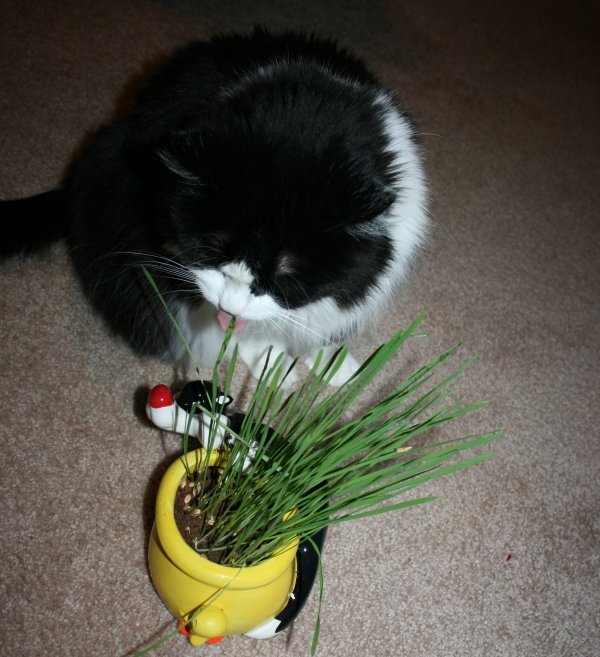
Have you ever noticed your cat giving you a slow blink? This gentle movement—eyes closing and opening slowly—is the feline equivalent of a kiss. It’s a sign of trust and affection, a way of saying, “I feel safe with you.” In contrast to direct staring, slow blinks signal relaxation and acceptance. If you want to reassure your cat, try returning the gesture. It’s a beautiful, silent conversation that deepens your bond.
Territoriality and Personal Space

Cats are territorial creatures, fiercely protective of their home turf. When they feel their space is threatened—by another pet, a visitor, or even a new piece of furniture—they may avoid eye contact to reduce tension. This act helps them claim their space without direct confrontation. Respecting your cat’s personal boundaries, especially during stressful times, shows that you understand and honor their needs.
The Impact of Past Trauma

Cats with a history of trauma or neglect are often more sensitive to eye contact. For them, a direct gaze can trigger memories of past threats or mistreatment. These cats might need extra patience and gentle handling to overcome their fears. Over time, with love and consistency, they can learn to trust again. Recognizing their vulnerability is the first step in helping them heal and feel secure in their new home.
Kitten Socialization and Eye Contact

Early experiences shape how cats relate to the world. Kittens that are exposed to gentle handling and positive human interaction are more likely to feel comfortable with eye contact as adults. On the other hand, kittens that grow up without much human contact may remain wary and avoidant. Socialization is a gradual process, and every kitten is different. Building trust early on lays the foundation for a lifetime of companionship.
How Environment Shapes Cat Reactions
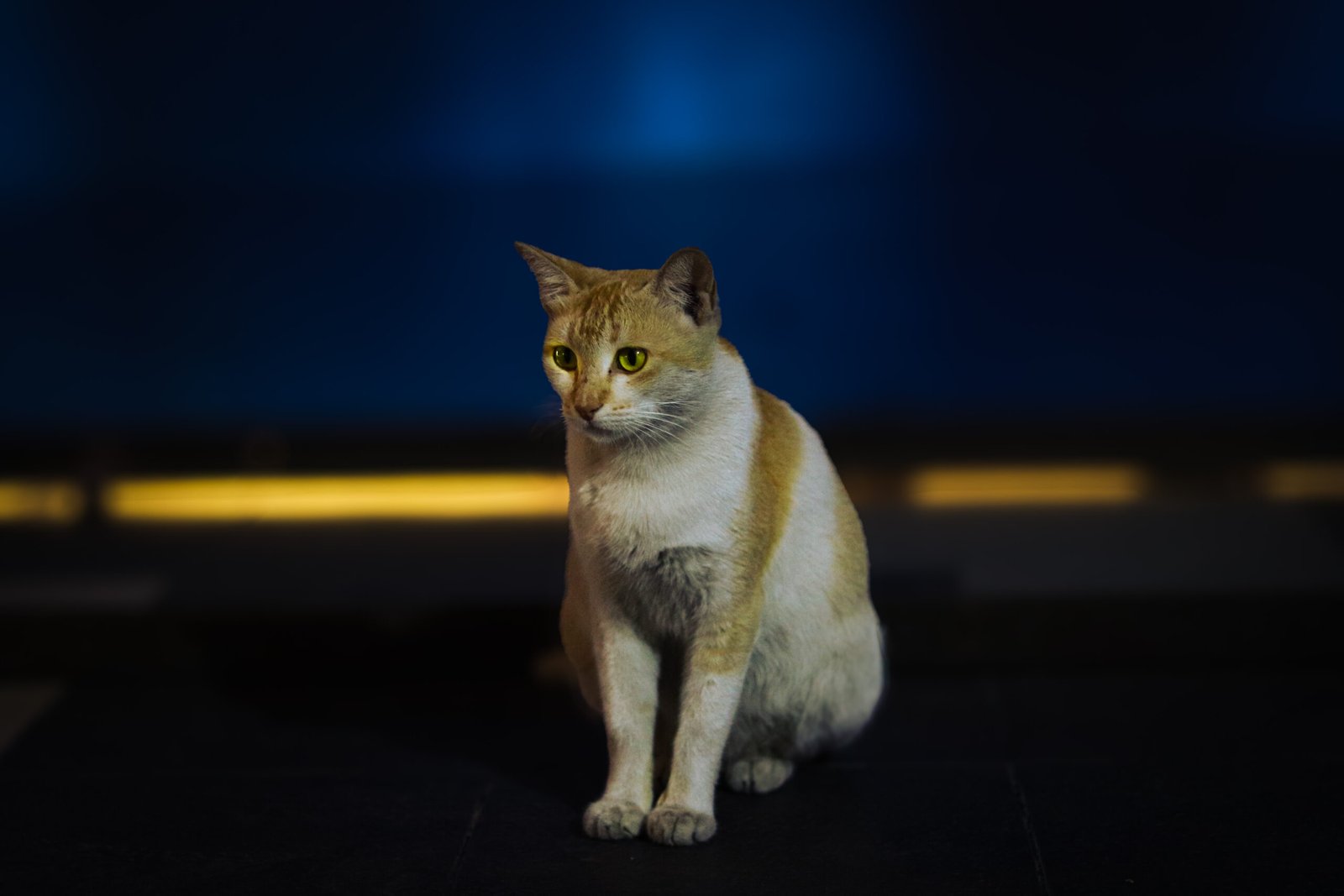
The environment plays a crucial role in how cats respond to eye contact. A calm, familiar setting can help a cat feel safe enough to look at you directly. In contrast, noisy or chaotic surroundings often increase their sense of vulnerability. Simple changes—like providing cozy hiding spots or reducing loud sounds—can make a big difference. Creating a cat-friendly home is one of the best ways to support their emotional well-being.
Human Behaviors That Influence Cats

Our own actions can have a surprising impact on how cats perceive us. Loud voices, sudden movements, or intense staring can all make cats uneasy. Approaching your cat gently, speaking softly, and respecting its choice to look away helps create a trusting relationship. Remember, to a cat, your face is a powerful signal. Letting them initiate eye contact on their terms is a sign of mutual respect.
The Difference Between Playfulness and Vulnerability

Sometimes, a cat will avoid eye contact during play as part of its predatory instincts. Playful stalking, pouncing, and hiding all involve brief glances and averted gazes. This is different from the avoidance seen when a cat feels vulnerable. Learning to distinguish between playful behavior and genuine discomfort is key for any cat owner. Watch for other signs—like body tension or vocalizations—to understand the context.
When Eye Contact Means Danger

In feline society, a hard stare is often a warning. If a cat feels cornered or threatened, it may fix its gaze on the perceived danger. Conversely, a cat that avoids eye contact is trying to de-escalate the situation. Understanding this dynamic can prevent misunderstandings and reduce stress for both you and your pet. Never force eye contact, especially if your cat seems anxious or defensive.
Building Confidence in Shy Cats
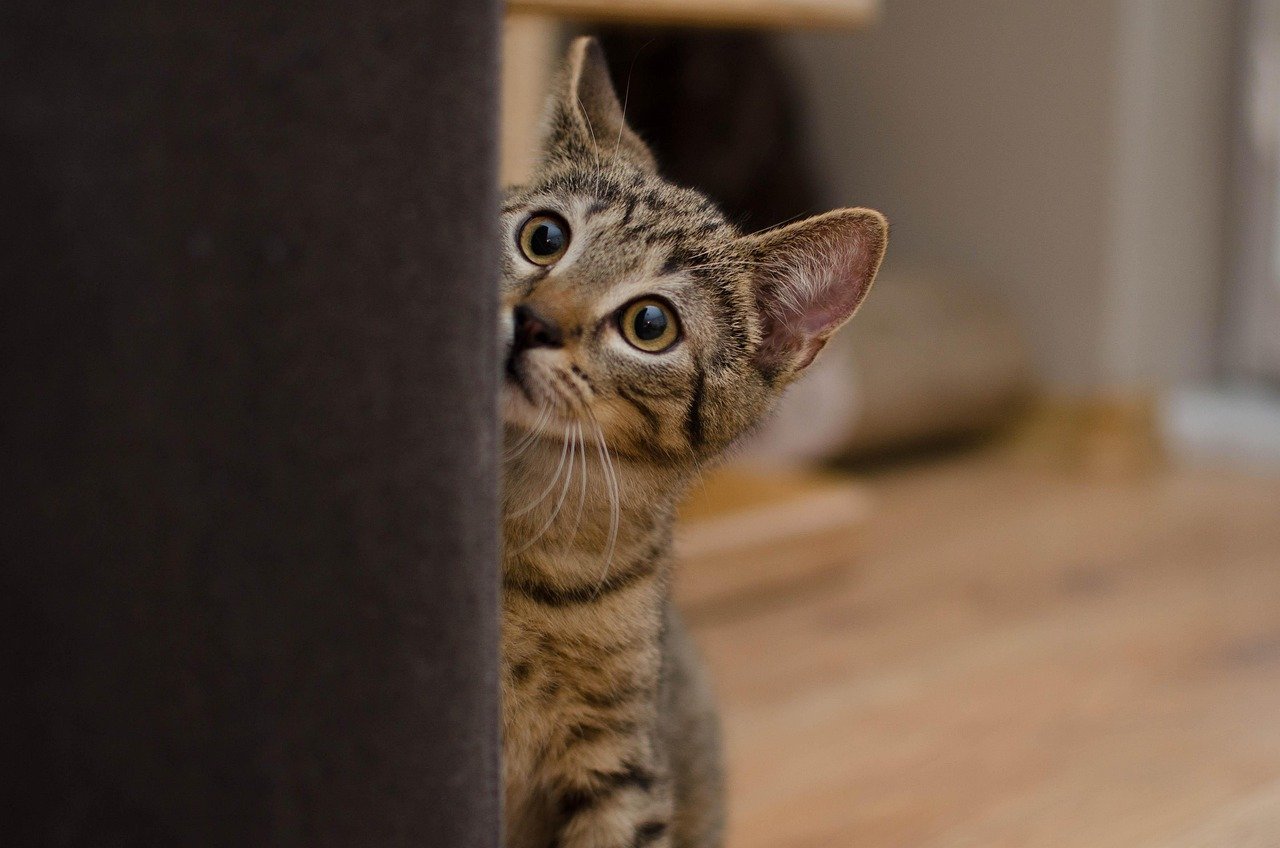
Some cats are naturally more timid than others. Shy cats may need extra encouragement to feel safe enough to meet your eyes. Creating predictable routines, offering treats, and celebrating small victories can boost their confidence. Over time, even the most reserved cats can learn to trust and connect more openly. Patience and kindness are your best tools in this journey.
The Influence of Other Pets in the Home

Multi-pet households add another layer of complexity to feline behavior. The presence of dogs, other cats, or even small animals can make a cat feel more cautious and prone to avoiding eye contact. Interactions with other animals often involve subtle negotiations over territory and social rank. Watching how your cat behaves around other pets can offer valuable clues about its comfort level and sense of security.
Recognizing Signs of Affection Beyond Eye Contact

While eye contact is meaningful, it’s not the only way cats show love. Head bunting, kneading, purring, and following you from room to room are all signs of affection. Some cats may never be comfortable with direct gazes, but that doesn’t mean they care any less. Learning to appreciate these alternative expressions of love can deepen your connection and bring joy to your relationship.
Helping Your Cat Feel Safe
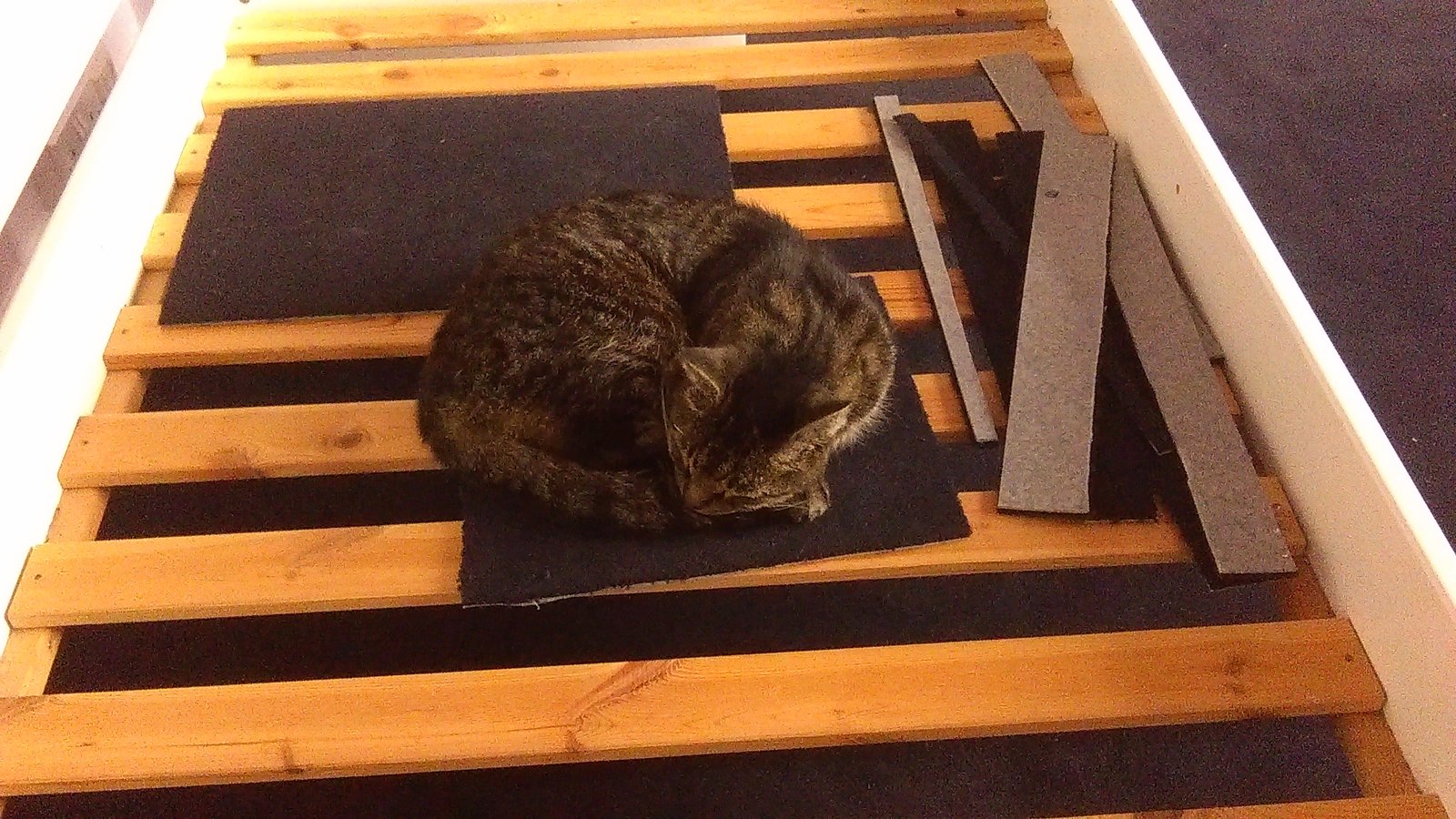
If you notice your cat frequently avoiding eye contact, focus on creating a supportive and nurturing environment. Offer safe spaces, maintain a consistent routine, and avoid sudden changes. Speaking in a calm, reassuring tone and allowing your cat to approach you on its own terms can help build trust. Every cat is unique, and finding what makes yours feel secure is a rewarding journey.
Cultivating a Deeper Understanding
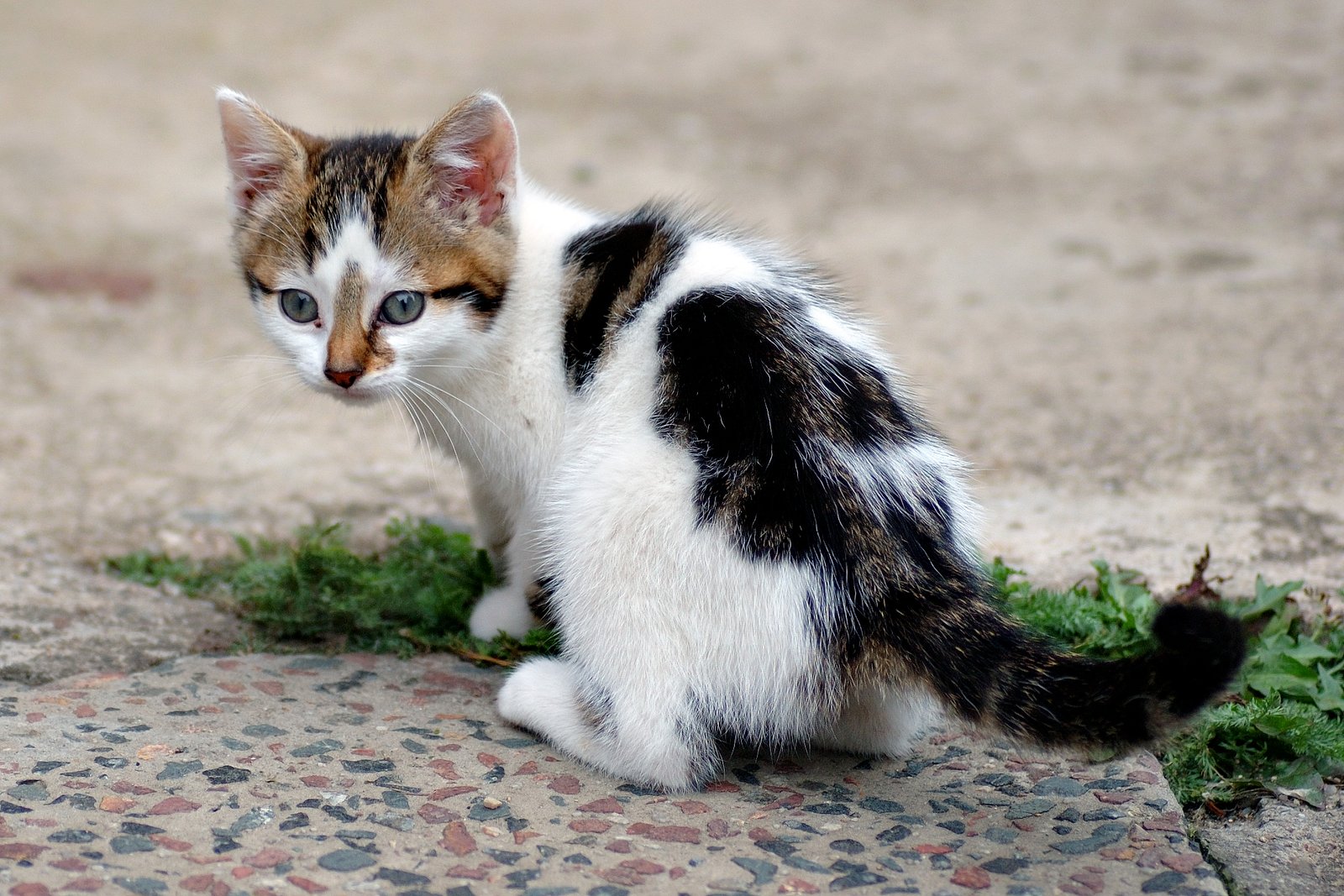
Developing a deeper understanding of your cat’s behavior is a lifelong adventure. By observing, listening, and responding with empathy, you can bridge the gap between species. Remember, your cat’s avoidance of eye contact is not a rejection—it’s a meaningful part of its emotional landscape. Celebrate the small moments of connection and continue learning about the subtle ways your cat communicates.
Celebrating the Mystery of Cats
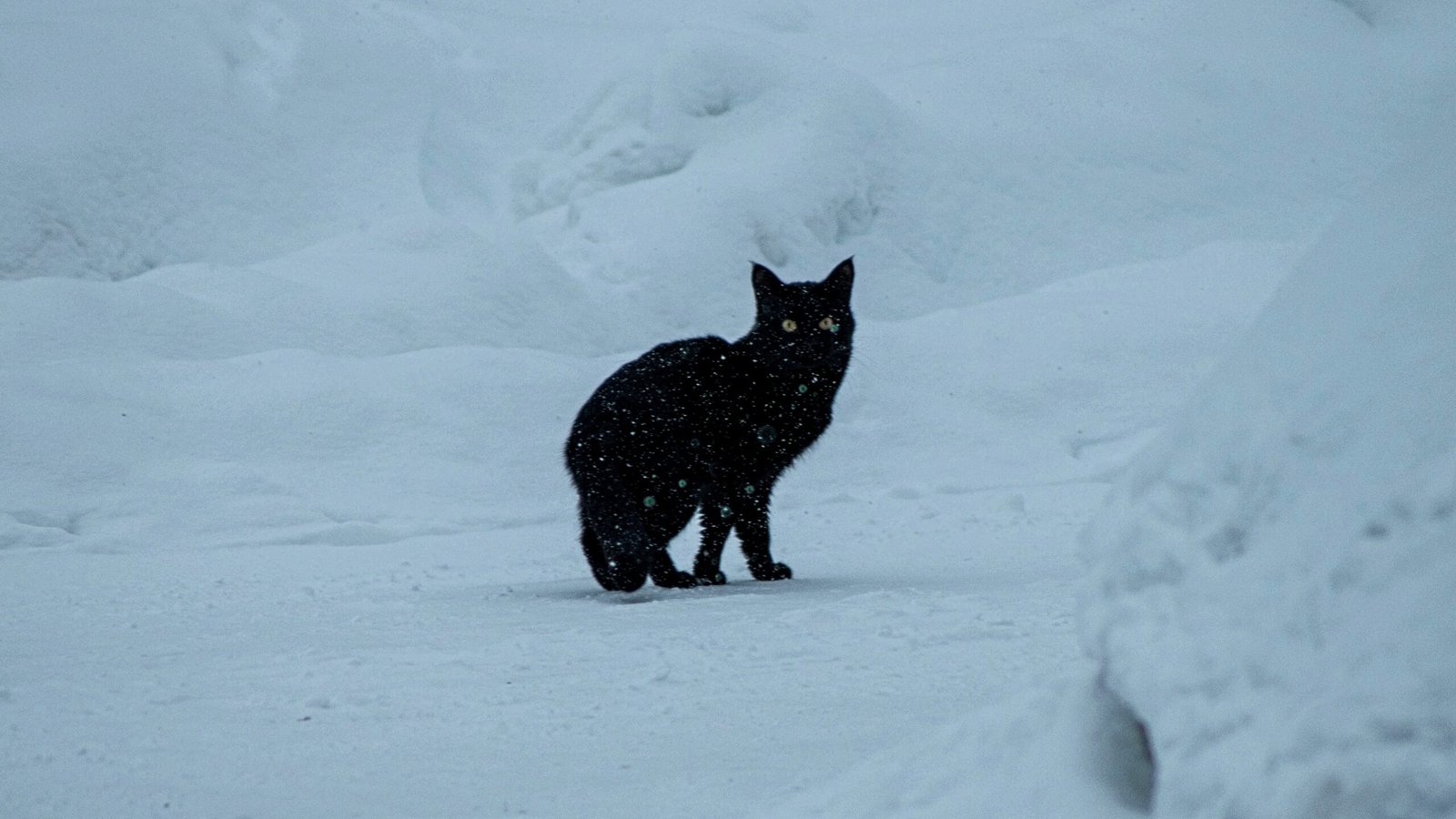
Cats are endlessly fascinating, blending independence with affection in ways that keep us guessing. Their tendency to avoid eye contact when vulnerable is just one facet of their rich inner world. Embracing their mysteries and respecting their boundaries can transform your relationship into something truly special. Isn’t it amazing how much love can be exchanged in a single, silent glance—or in the gentle act of looking away?
Hi, I’m Bola, a passionate writer and creative strategist with a knack for crafting compelling content that educates, inspires, and connects. Over the years, I’ve honed my skills across various writing fields, including content creation, copywriting, online course development, and video scriptwriting.
When I’m not at my desk, you’ll find me exploring new ideas, reading books, or brainstorming creative ways to solve challenges. I believe that words have the power to transform, and I’m here to help you leverage that power for success.
Thanks for stopping by, Keep coming to this website to checkout new articles form me. You’d always love it!






